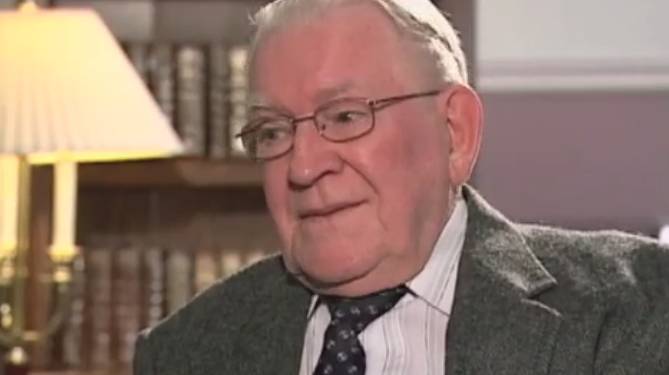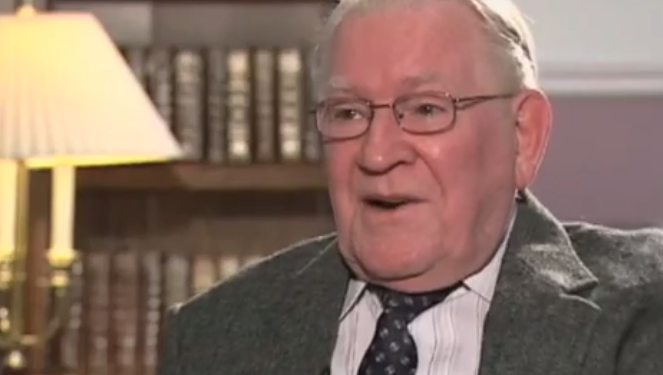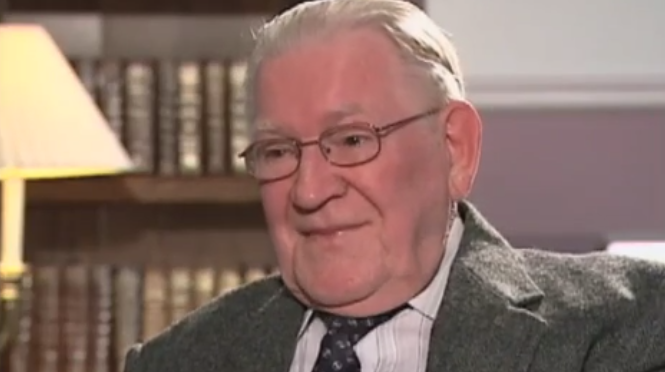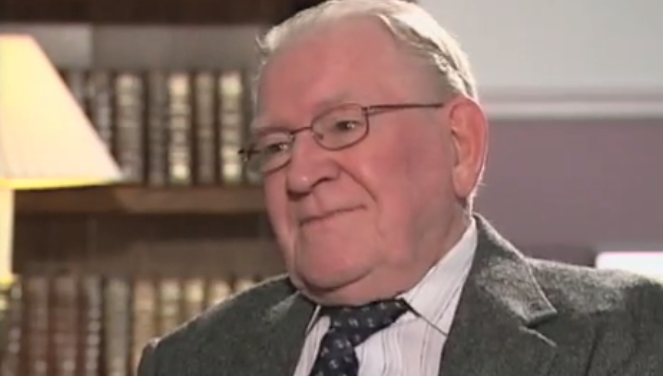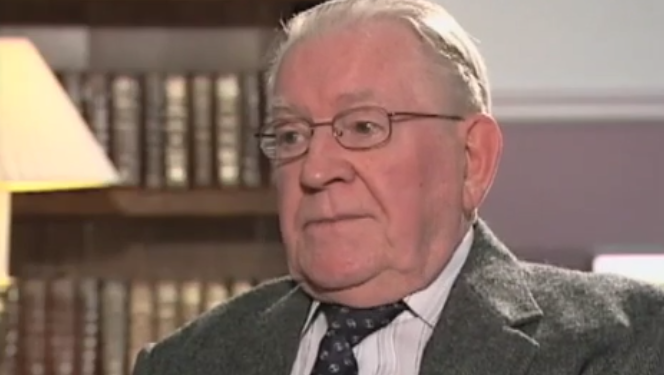Boat Rescues
Heroes Remember
Boat Rescues
Transcript
If some men were badly wounded, the enemy had to, we had to
lower down a stretcher and float it underneath them. And we
had to go down, we used to go down on the beach, with a cargo
net over the side where three or four of us went down and
helped. If there was anybody, if they weren’t alive and
their buddies weren’t floating around upstairs, we would bury
them at sea. But we wouldn’t, if their buddies were floating
around, we’d bring them in to base and give them a decent
burial. We always had, from headquarters, would advise us on
what to do with them and we buried a few. One of the American
ship, going back to America with nurses and all that kind of
women personnel, got out and took a torpedo, and of course,
we were there and we went out to the rescue and we had a
regular fast boat and two smaller ones and we went to the
rescue and then we’d load up with people and bring them back
in at least one of the other boats and load them on there,
we’d go back to the ship again and
that way we saved a lot of lives.
Description
Torpedo rescue was challenging at times. Mr. Bishop explains what they were dealing with on any given day.
Leo Bishop
Leo Bishop was born in St Joseph, Newfoundland on September 9,1819. His parents died when he was seven years old. After Mr. Bishop was turned down for the navy he worked about a week at forestry when he was sent to Padgate for training. Later he became involved with Search and Rescue where he served most of his career.
Meta Data
- Medium:
- Video
- Owner:
- Veterans Affairs Canada
- Duration:
- 2:01
- Person Interviewed:
- Leo Bishop
- War, Conflict or Mission:
- Second World War
- Location/Theatre:
- Egypt
- Branch:
- Air Force
Related Videos
- Date modified:



